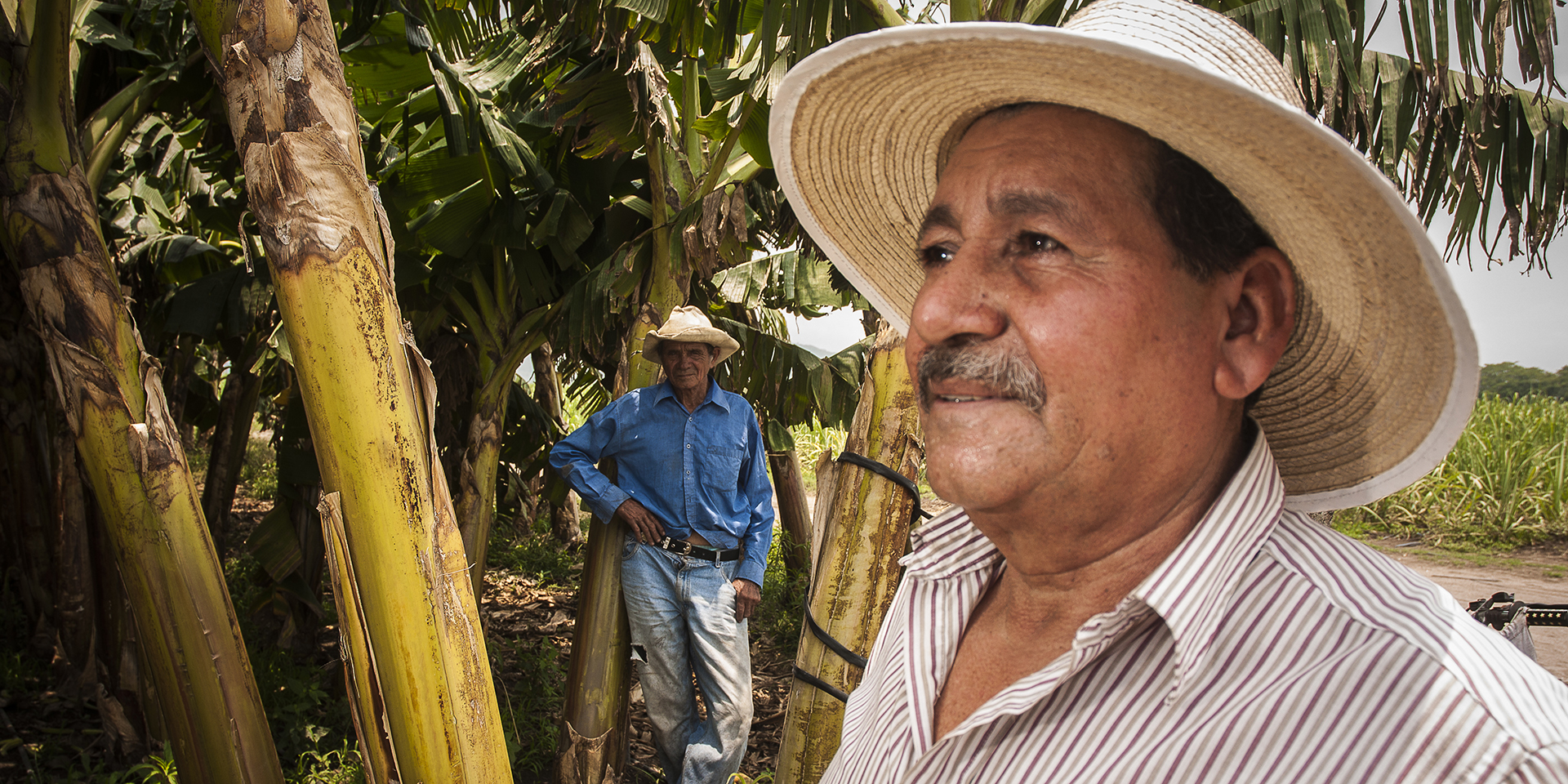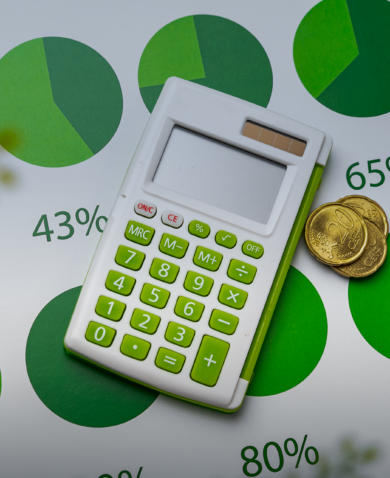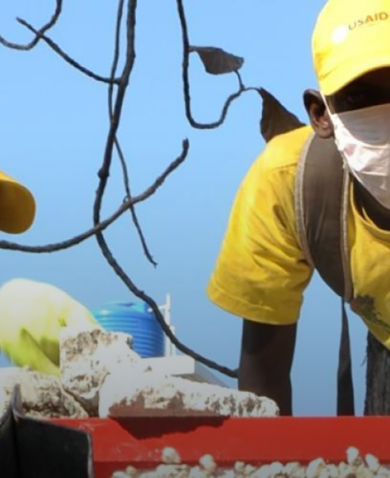
Know Your SDGs: The Time is Now for Action on Climate Change
September 11, 2015 | 3 Minute ReadProposed Sustainable Development Goal 13 calls for urgent action to combat climate change and its impacts, such as rising sea levels.
Over the past several years climate change has garnered increased attention around the globe, as everyone from farmers to politicians seek out ways to mitigate both the causes and effects of increased climate variability. The Sustainable Development Goals (SDGs) reflect this increased attention in SDG 13, which calls for urgent action to combat climate change and its impacts.
Goal 13 goes on to include language about strengthening resilience to natural disasters, integrating climate change measure into national policies, improving awareness around climate change issues, mobilize climate funding, and increase capacities in low-income countries for climate change planning.
SDG 13 is a significant improvement over how climate change was addressed in the Millennium Development Goals (MDGs) in 2000, where it was limited to a single indicator on mitigation, measuring carbon dioxide emissions and consumption of ozone-depleting substances, tucked under the vague target of “integration of sustainable development into country policies and programs and reverse the loss of environmental resources.” While SDG 13 remains vague in terms of targets and timelines for mitigation measures, it comes much closer to capturing the multi-dimensional complexity of climate change. It acknowledges the need for mobilization of resources to implement mitigation measures to reduce emissions, as well as adaptation measures to protect the most vulnerable.
Perhaps one of the most important parts of SDG 13 is the asterisk that appears at the end, which links to a statement acknowledging that “the United Nations Framework Convention on Climate Change (UNFCCC) is the primary international, intergovernmental forum for negotiating the global response to climate change.” While governments have been defining their visions for the SDGs, those same governments will come together in Paris in December for the United Nations’ annual climate change conference, where they will have the opportunity to reach a universal agreement on climate change that both addresses the threat of climate change and delivers on the opportunity of combating it. The Paris agreement is expected to commit countries to reducing emissions, where ideally the aggregated contributions from countries will be such that global reductions in emissions will be on track to limit global warming to 2°C.
Like many of the SDGs, Goal 13 is interrelated and interdependent on many of the other goals. A climate agreement under the UNFCCC would also help achieve SDG targets. For example, if countries commit to reducing their emissions as called for in a climate agreement, they will be better aligned to achieve Goal 7—“ensure sustainable energy”—since reduced emissions depends on replacing fossil fuels with alternative sources of clean energy. Likewise, Goal 9—“building resilient infrastructure”—and Goal 11—“making cities safe and resilient”—are strongly tied to sound climate policies that encourage low carbon development and natural disaster planning.
The latter is particularly important given that according the World Bank, 15 of the world’s 20 megacities are at risk from rising sea levels and coastal surges, and cities contain large numbers of the poor, who are especially vulnerable to climate change.
Climate change policies are also tied to Goal 12—“sustainable consumption and production patterns.” Ambitious climate policies can encourage less energy-intensive consumption and more sustainable production, in part due to reductions in resource intensity to meet decarbonization targets. It can also help by reducing an often underrated source of greenhouse gases: food waste. Estimates by the Food and Agriculture Organization of the United Nations indicate that if food wastage was a country, it would be the third largest emitter of greenhouse gases after the United States and China.
Come December, attendees of the 2015 Paris Climate Conference should keep in mind that a strong, ambitious climate agreement could support achievement of not only Goal 13, but could also catalyze progress towards many of the other SDGs. Together, Goal 13 and a climate agreement in Paris could pave the way for environmental sustainability to 2030 and beyond.
Curious about the SDGs and post-2015 development agenda? Watch this space. “Know Your SDGs” is a recurring weekly blog series digging into the goals in the lead-up to the United Nations General Assembly and post-2015 development summit later this month.



























